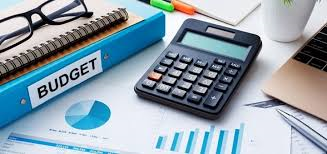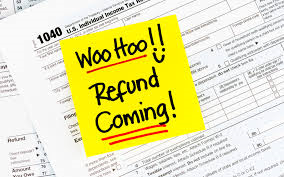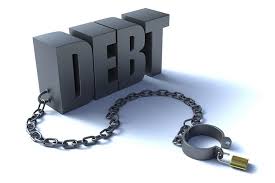January is here and we need to fix everything in our life, including our finances! Great goal, but the reason many resolutions don’t work is we think it has to be all or nothing and the first time we mess up, we throw it out the window. I want you to think of changes as intentions instead of resolutions and allow yourself some adjustment period, meaning if you are not perfect, keep trying anyway. There will be days or even weeks that you don’t stay on track with spending and that’s okay. Give yourself permission to have some setbacks and forgive yourself quickly so you can move on.
The first step to getting where you want to be is finding out where you are now. You need a big picture of what your Income looks like, monthly bills average and what your debt is- balances, interest rates and payments. You can use minimum payments or whatever you actually pay on debt. I suggest creating one list of your normal monthly bills like rent or mortgage, all the utilities, food, gas, all automatic payments that come out like your gym membership and Netflix. Next think about spending categories like: home & car repair, traveling, gifts, clothing, haircuts, pet expense, fun and include misc. category for a catch all of random things. For those things that go up and down take a yearly amount and divide by 12. So if you expect $1200 in car repair, you would put $100 as that expense. Next create a list of just the debt. The goal is for that list to grower shorter! Make a total of monthly payments for each list.
Next you will take your monthly net income minus the total of the first list, your basic bills & expenses. And then subtract your monthly debt payments. Is there a positive or negative number? If there is a positive number you are spending less than you earn; however if not your expense are more than your income. If that is the case there are only 3 ways to fix it- increase your income if you can, reduce expenses or a combination of the two. Look over your expenses and see where you can reduce spending. Some things to try are looking at cell, cable and internet plans, shop around for insurance rates, create an eating out budget and stick to it, and look at any monthly subscriptions and see if you are using those services- cancel ones that you are not. Next tackle debt. Are there any small balances you can get paid off quickly? Look at balances and interest rates. Consolidating may help but it is not always the magic answer. If you build up new debt, and still have the consolidation loan you could put yourself in serious trouble. If you do consolidate make sure you close all the cards and do not open new ones. Keep only one card with a low limit and try not to use it.
Make a plan for sporadic payments such as tax refunds, bonuses or any windfalls that may come your way. Put a portion in savings, some to debt and some for expenses you have been putting off. Add a little something to your savings automatically every time you get paid, even if it’s $20. And set it up as an automatic deposit so it happens for sure. Now the final thing is to make a list of just bills each month, and include your savings deposits as a bill. Income – bills = what you can spend that month and divide that total by 4.3 to find a weekly spending amount, which will help you stay on track. If all your due dates are clustered together ask some of your creditors to change the due date to make it easier on you.
I hope this helps you map out a plan for getting on track in 2019!
Get a FREE Budget form that does the math for you! Compare income and expenses easily, which is the first place to start towards financial freedom. Get this free tool here
Love, Beth
find me on Facebook:
https://www.facebook.com/Beth-Blanco-462148010915071/?modal=admin_todo_tour
Join my free group
https://www.facebook.com/groups/1370678493053088/




